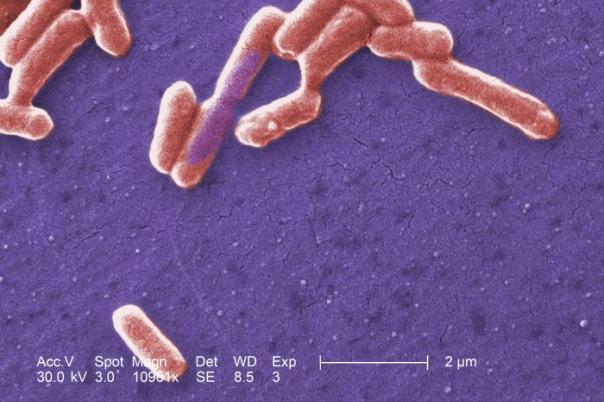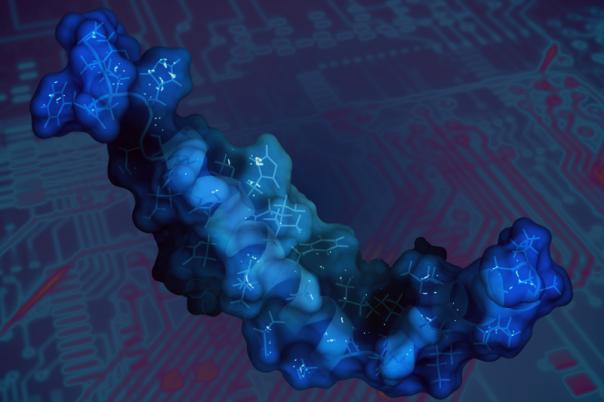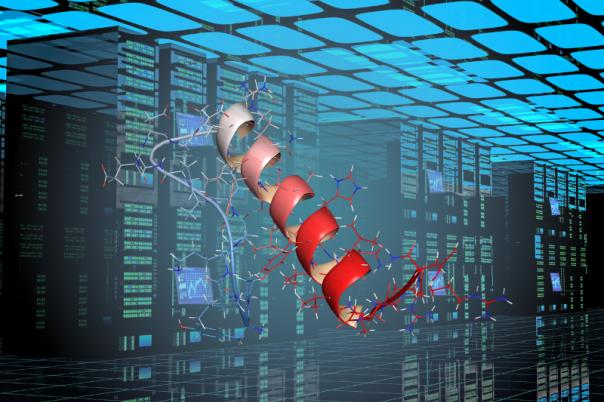When administering proteins and peptides orally there are several challenges including the absorption barrier. There are multiple routes a peptide can take to overcome this barrier and reach systemic circulation.
Andreas Bernkop – Schnurch, Professor at the University of Innsbruck outlined the main obstacle associated with peptide delivery: “Most peptides are quite hydrophilic and therefore they cannot move across this phospholipid B layer, specifically they cannot pass through this inner lipophilic region.” Ideal candidates for oral delivery have a Log P value between 0 and 3; however, most peptides fall below this range. Therefore, the goal is to increase the hydrophobicity of peptides so they can move across the barrier.
Forming hydrophobic complexes is crucial because they can increase the permeability of peptides across cell membranes, significantly facilitating their absorption. Hydrophobic complexes can be formed with counter ions, the more counter ions added to the hydrophobic complexes, the greater their ability to permeate a Caco– 2 monolayer. Bernkop- Schnurch, formed a hydrophobic complex with a modified fluorescent phospholipid.
Cell membrane studies that were conducted showed that their model compound peptide could barely permeate the cell membrane but with hydrophobic complexes, there was a 100-fold increase in membrane permeability and cellular uptake of the model compound. However, Bernkop–Schnurch noted that absorption depends on the presence of cationic or anionic substructures on peptides, limiting its application.
A hydrophobic ion burst stearylamine showed a 7-billion-fold increase in lipophilicity, which indicates that there is high potential in the formation of hydrophobic complexes and consequently they can permeate cell membranes to a much higher extent.
Bernkop–Schnurch suggested that reverse micelles are the optimal choice because they are easy to form and do not require peptide charges. Using non-ionic surfactants, reverse micelles encapsulate peptides or proteins within a hydrophobic shell, increasing their lipophilicity and stability. Despite these advantages, reverse micelles have struggled with in vivo application due to their instability when exposed to competing ions, such as calcium and bile salts, within the gastrointestinal tract.
Bernkop–Schnurch demonstrated the usefulness of reverse micelles by introducing some data from his in vivo studies. Bioavailability results showed that hydrophobic ion pairing achieved 5% oral bioavailability for octreotide. Whereas reverse micelle systems, in combination with lipid carriers, reached bioavailability levels as high as 30% in some models.
These results highlight the potential of these systems to deliver peptides orally with significant efficiency. Bernkop–Schurch also added that combining hydrophobic complexes with lipid carriers and optional permeation enhancers like medium-chain fatty acids, is a key strategy for overcoming existing barriers.





